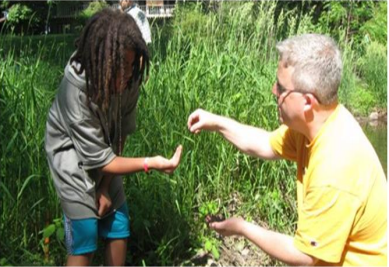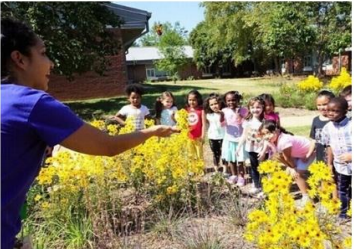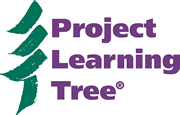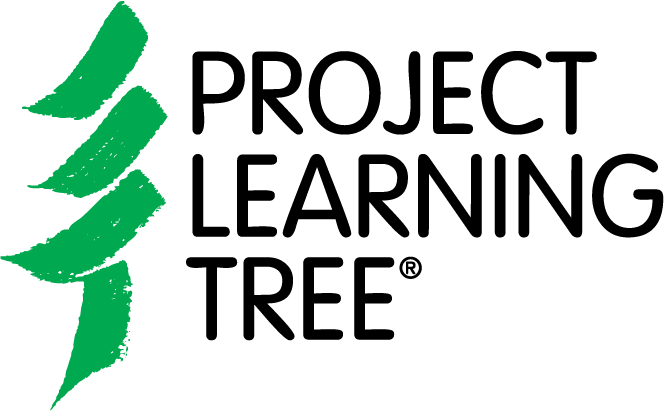May 12, 2020
Project Learning Tree is thrilled that 18 registered PLT GreenSchools have been recognized this year as part of the U.S. Department of Education Green Ribbon Schools (ED-GRS) program. They are among the 39 schools, 11 school districts, and 5 postsecondary institutions that have been recently awarded for their innovative efforts to:
- reduce environmental impact and utility costs
- improve health and wellness
- ensure effective environmental and sustainability education
California — Anderson W. Clark Magnet High School, La Crescenta
Florida — Hobe Sound Elementary, Port Salerno Elementary, and Dr. David L. Anderson Middle with Martin County School District, Stuart
Hawaii — SEEQS: The School for Examining Essential Questions of Sustainability, Honolulu
Indiana — Fishers Elementary and Riverside Intermediate with Hamilton Southeastern School Corporation, Fishers
Kentucky — Redwood Cooperative School, Lexington; Locust Trace AgriScience Center with Fayette County Public Schools, Lexington
Maine — Camden Hills Regional High School, Rockport
Minnesota — School of Engineering and Arts, Golden Valley
New Jersey — Readington Middle School, Whitehouse Station
North Carolina — Millbrook Environmental Connections Magnet Elementary School, Raleigh
South Carolina — Cape Romain Environmental Education Charter School, McClellanville
Utah — Bonneville Elementary School, Salt Lake City; Wasatch Academy, Mount Pleasant
Washington — Grover Cleveland STEM High School and Northgate Elementary School with Seattle Public Schools, Seattle
Congratulations to these awardees and to all the schools, school districts and postsecondary institutions who have been honored with the U.S. Department of Education’s Green Ribbon Schools recognition award award this year. ED-GRS is part of the U.S. Department of Education’s effort to identify and communicate practices that result in improved student engagement, academic achievement, graduation rates, and workforce preparedness.
Two PLT Highlights
Here are some highlights from the nomination packets of two registered PLT GreenSchools recognized this year as a U.S. Department of Education Green Ribbon School:
School of Engineering and Arts, Minnesota
Recipient of a 2018 National Blue Ribbon Award, the School of Engineering and Arts (SEA), located in Golden Valley, MN is no stranger to US Department of Education accolades. Originally built in 1970 with an open school concept, SEA was named after Minnesota environmentalist, Sigurd Olson, as an environmentally focused school. Their Fuel Up to Play leadership group of 60 students advocates for in-school health and wellness activities like the daily morning “Jammin’ Minutes” program, which caught the attention of the Minnesota Vikings and earned them $15,000 in grants to produce more creative videos promoting healthy eating and the importance of drinking milk.

Energy
- Approximately 95% of SEA’s population either walks, bikes, buses, or carpools to and from school each day.
- SEA utilizes SkySpark Analytics to benchmark utility consumption, including electric and gas. This is compiled into daily and annual trend data, which is continuously improved each year.
Water
- SEA does not use irrigation on the grounds, instead focusing on maintaining native habitat to balance soil biology.
- There are low flow faucets on all sinks, all flushing devices are automated, and there are currently two bottle filling water fountain stations on site.
Waste & Recycling
- 56% of SEA’s solid waste is diverted from landfilling or incinerating due to reduction, recycling and/or organics diversion.
- The school is currently seeking funding to start district-wide composting.
- 30% of paper used within the school’s office is post-consumer material or fiber from certified sourcing with the sustainable forestry initiative.
- Cafeteria food service waste of fruits and vegetables is fed to onsite animals (chickens, reptiles, etc.)
Environmental Quality
- Each of SEA’s classroom have at least two large windows, so most teachers do not turn on the fluorescent lights, due to adequate natural lighting.
School Site
- Since occupancy in 2012, SEA has been working to re-establish native plants, orchards, and gardens.
- A recycling and composting program has been in practice for the last eight years.
- Junior Naturalist student leaders monitor and educate the school community energy use, proper recycling, and care of the school’s yard, gardens, and chickens.
- Approximately 18% of SEA’s school yard is devoted to the Minnesota Department of Natural Resource’s School Forest program, where students not only learn core content, but also sustainable forest management practices as they work alongside Minnesota DNR Foresters and Minnesota Conservation Corps members.
- SEA’s school site has more native and natural green space than typical of a public elementary school with approximately 75% of the school grounds devoted to ecologically beneficial use.
- SEA’s school grounds feature a number of opportunities for outdoor learning, including:
- Chickadee Landing (a designated bird observation area where students feed birds in the winter months)
- 7 acre School Forest
- 800 ft. of Native Prairie Patch (students collect seeds in the fall and grow seedlings in the greenhouse to be transferred to school grounds in the spring)
- Native Butterfly Garden
- 60 ft. Chicken Coop and Run (students take care of the chickens with daily feedings and watering, monitoring health, and collecting eggs)
- Pumpkin Patch and Sunflower Garden
- Kindergartener’s Tulip Beds
- 30-tree Fruit Orchard
- Raised Vegetable Garden Beds
- 10’x16’ Greenhouse
- Bluebird Houses (located around campus and managed by both students and staff to observe bird life cycles)
Read more, and check out a local profile of the School of Engineering and Arts, to learn how SEA is virtually celebrating amid COVID-19 pandemic self-quarantines, “Because,” as Principal Heather Hanson says, “in the midst of the dark cloud, this is a real ray of sunshine for us. It’s something to be celebrated and be proud of.”
Millbrook Environmental Connections Magnet Elementary School, North Carolina
Millbrook Environmental Connections Magnet Elementary aims to develop environmentally-minded citizens who will change the world. Students are immersed in nature-based learning, including on-site rain, pollinator, and edible gardens installed on campus. School grounds are certified as Wildlife Habitat and they have significantly reduced the use of pesticides around campus. The student-led Green Bees Team implemented a school-wide recycling and food waste diversion program and feature bi-annual waste audits.
Here are some more highlights:

Energy
- Millbrook’s Green Bees and faculty Eco-Action Team members are working to reduce the school’s carbon footprint through energy conservation lessons, whereby children will design an action plan to reduce energy consumption.
Water
- The school’s outdoor learning spaces feature native plants and are designed for North Carolina’s climate to be water efficient. A rain garden helps reduce stormwater runoff across campus, reducing flooding and curbing erosion.
Waste & Recycling
- Students collect and deposit recycling waste once a week and the school offers a composting program in the cafeteria, where students compost food scraps, which is used (in part) to feed the campus gardens, and then the excess is taken to a composting facility.
- The school participates in a paper reusing program
Environmental Quality
- 5th-grade students annually complete a Problem Based Learning (PBL) unit focused on improving the school’s air quality. NC Department of Environmental Quality representatives present at the school and ask students to use their research to create public service announcements, brochures, and posters to present to parents and other community members to educate them on the air quality.
School Site
- In 2005, a 0.375-acre watershed was constructed. This wetland drains 14 acres of the 16-acre site, reducing the annual Neuse River nitrogen load 85% below the existing school site.
- Students maintain Millbrook’s on-site food garden with the help of the Raleigh InterFaith Food Shuttle. InterFaith Food Shuttle has placed a Food Corps volunteer at the school, and the volunteer is on campus two full days per week, co-teaching garden curriculum, maintaining garden space with student help, and monitoring the cafeteria and composting.
- Students participate in yoga and meditation classes throughout the year. The students are led through mindfulness activities and yoga routines, by a teacher trained in trauma-informed outreach, to promote students’ mental and physical health.
Millbrook prides itself on being a comprehensive, nature-immersive school with daily instruction delivered through the lens of Environmental Science and Sustainability education. All licensed staff received training from Project Learning Tree. Read more.
Learn more about PLT’s GreenSchools program and discover how PLT’s GreenSchools Investigations connect with ED-GRS’s three Pillars that the U.S. Department of Education uses to define a green school.


